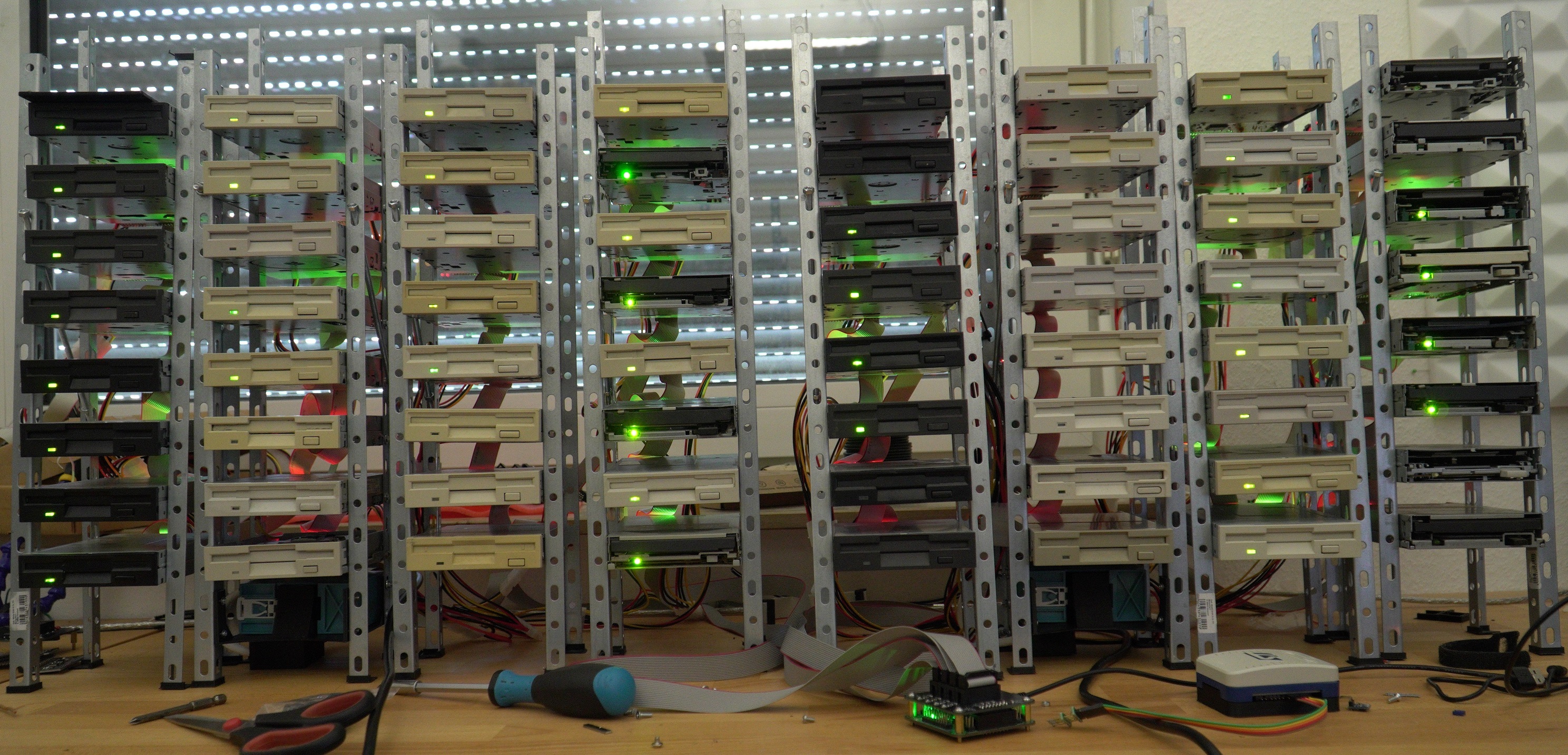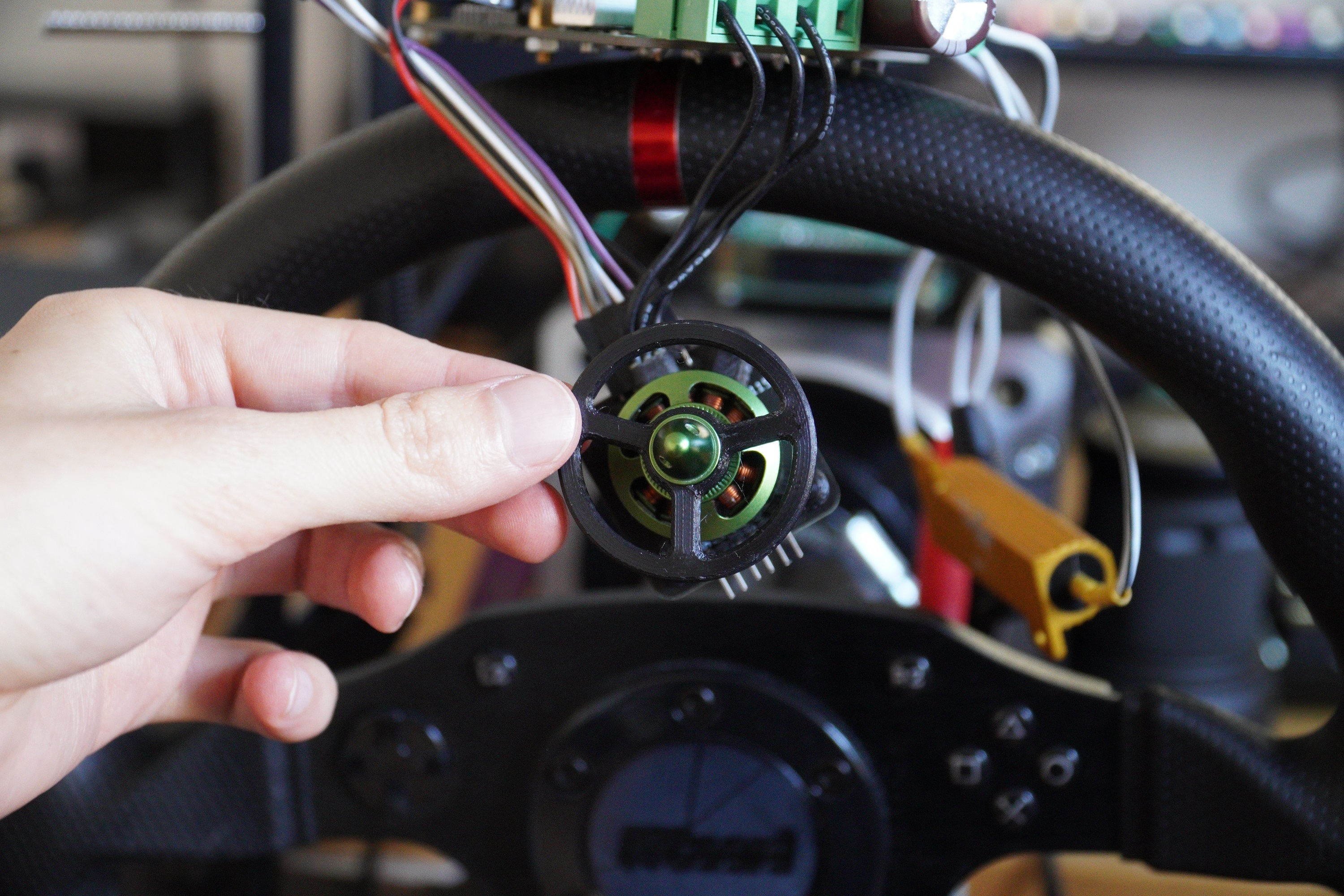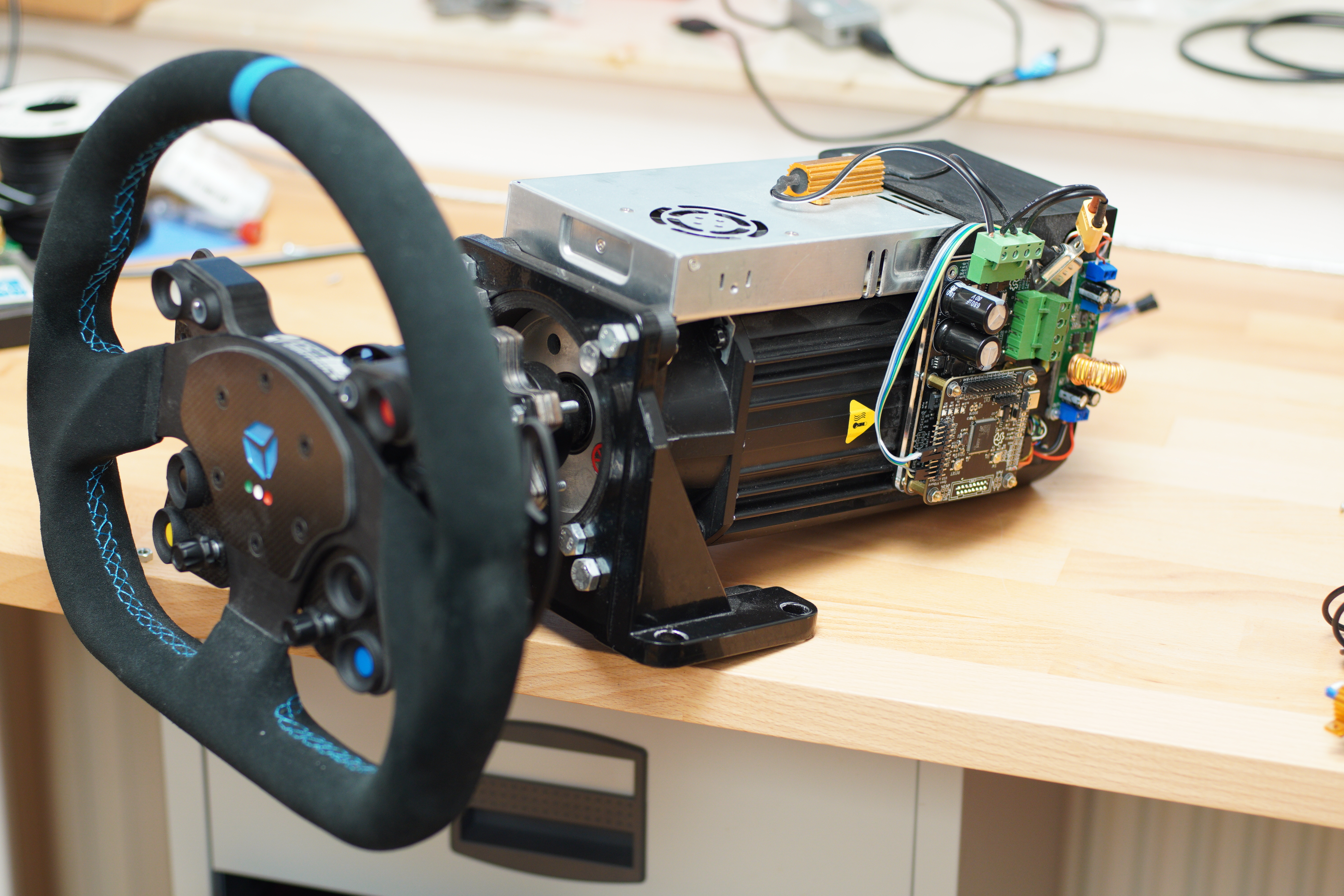Yeah probably. Seems like the image is not stored in its original form in this case but might depend on server settings and the image file. So as always private data like geo tags should be removed before uploading.
Uploaded this test image in the comment with modified metadata (no gps tag but added software, date, vendor info as exif tags) and after downloading it does not contain any metadata anymore. So seems like at least that server does remove it?

Good tips. Thanks
Havoc on LG G6 (Android 11 + Microg)
Works well but will be pretty much the end of the device




Around 100w usually for:
All connected to a UPS so measuring is easy and power usage is constant. I would prefer lower as power cost is very high but there is not really anything significant to save at the moment as the server board has no standby function and i need it most of the time.